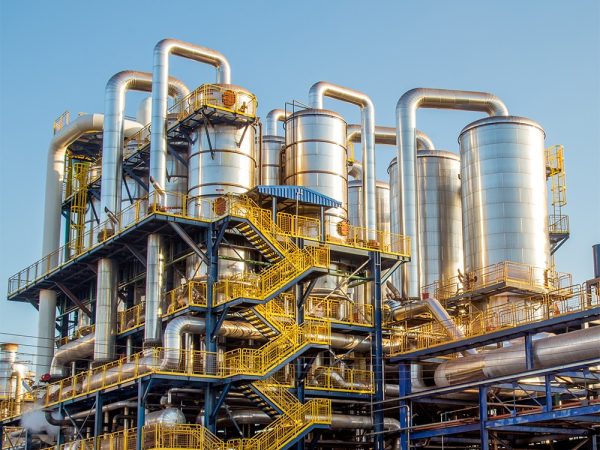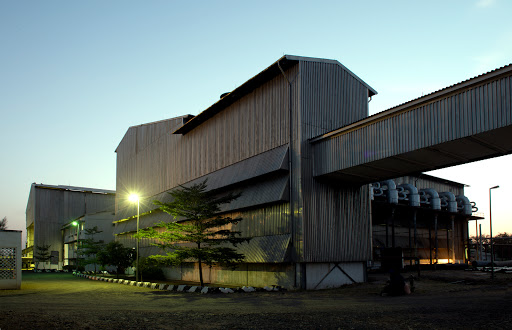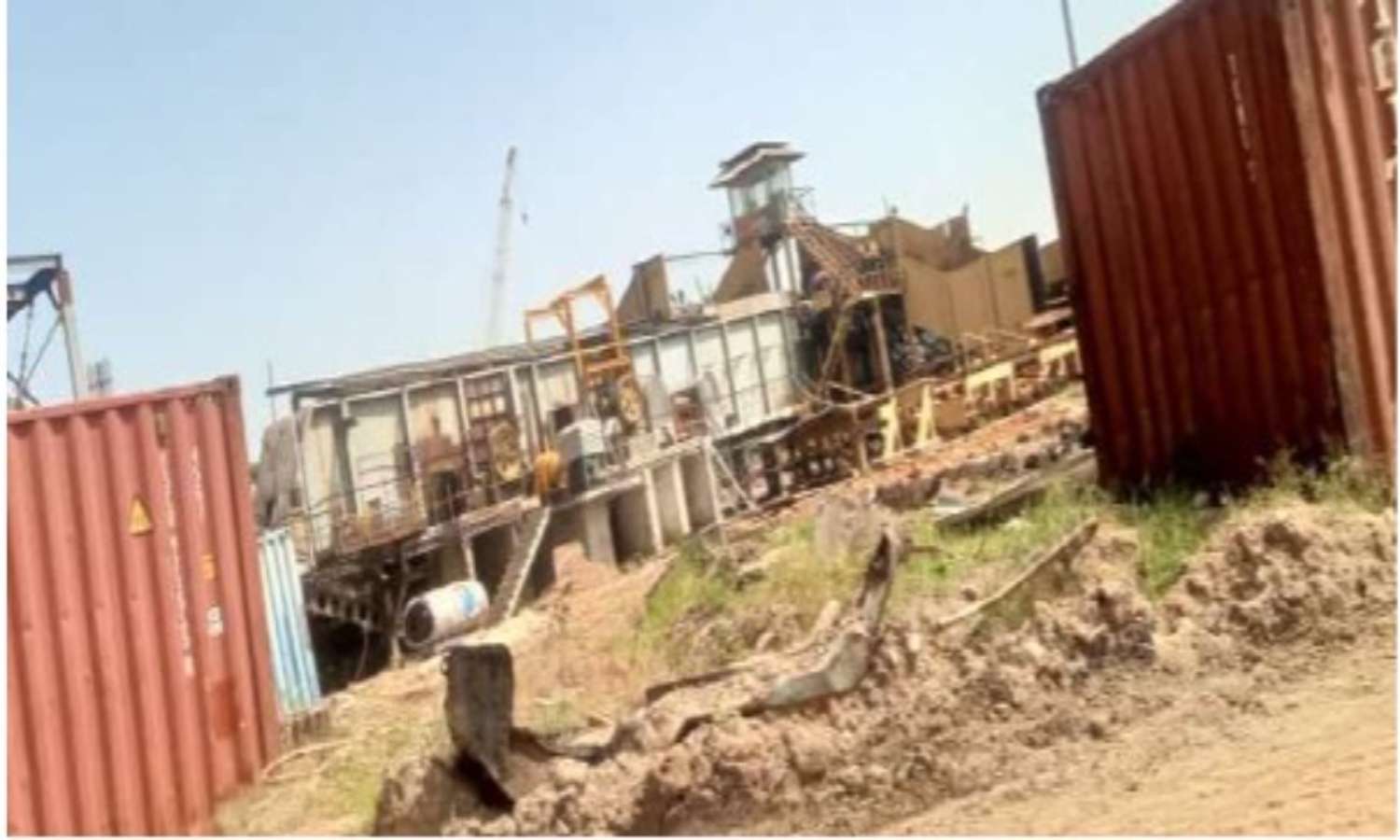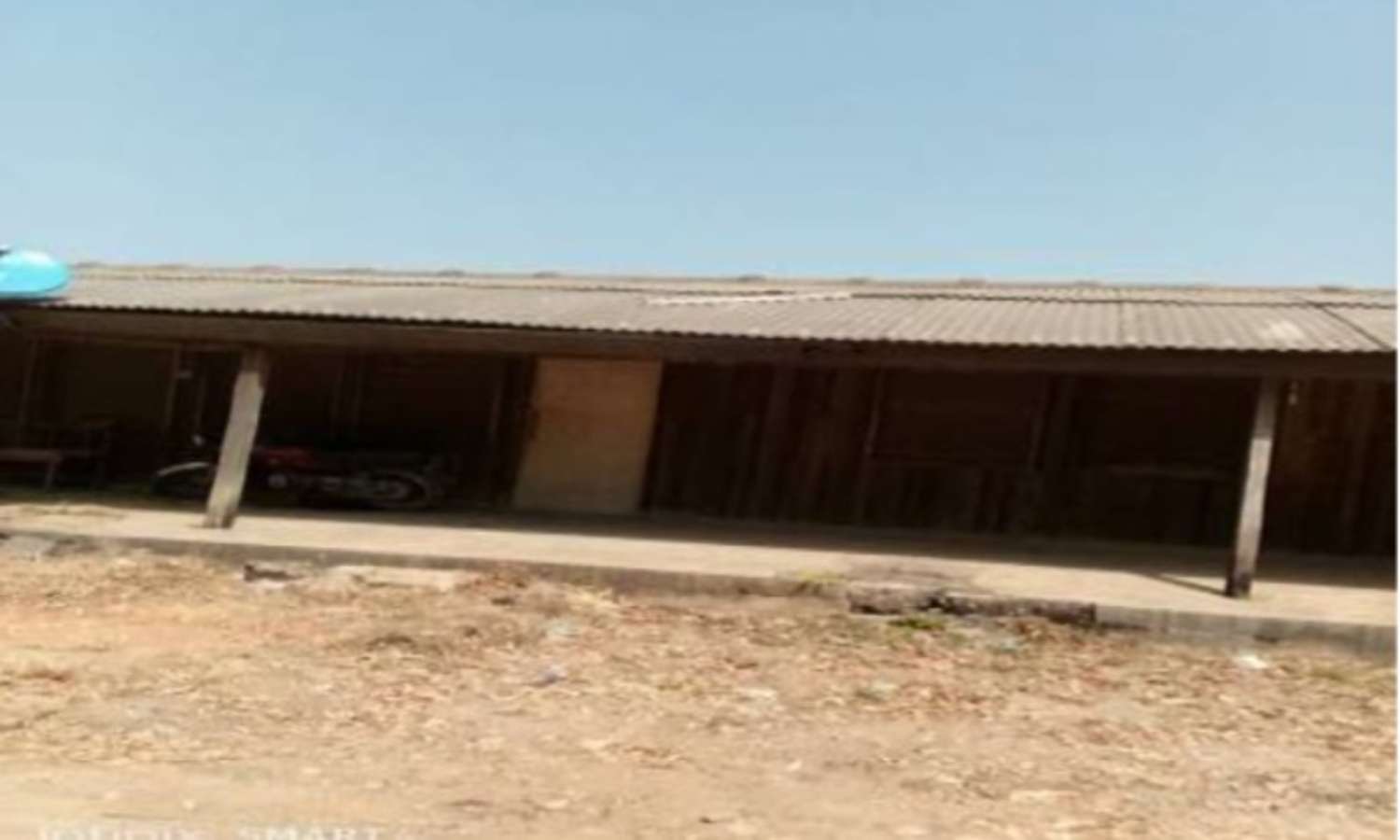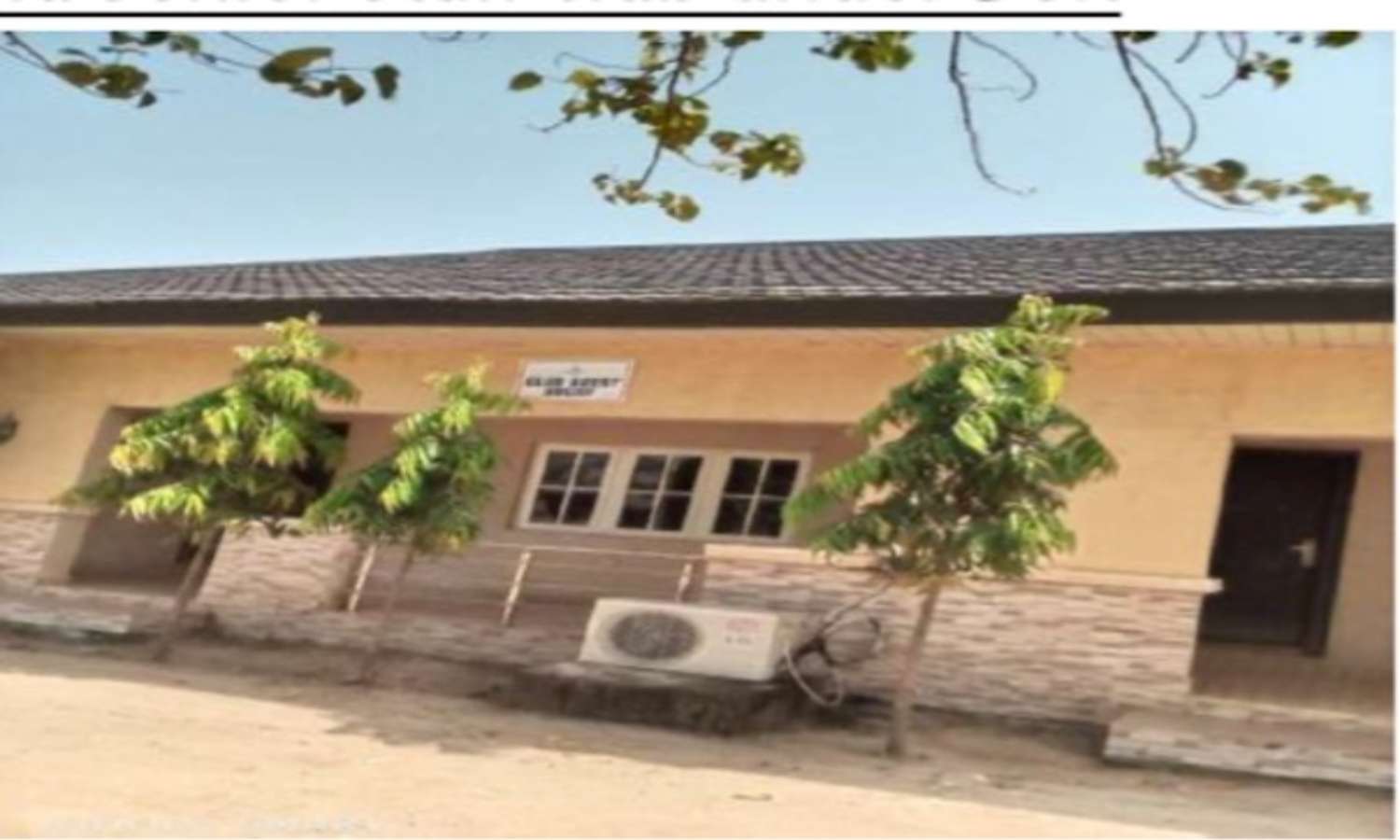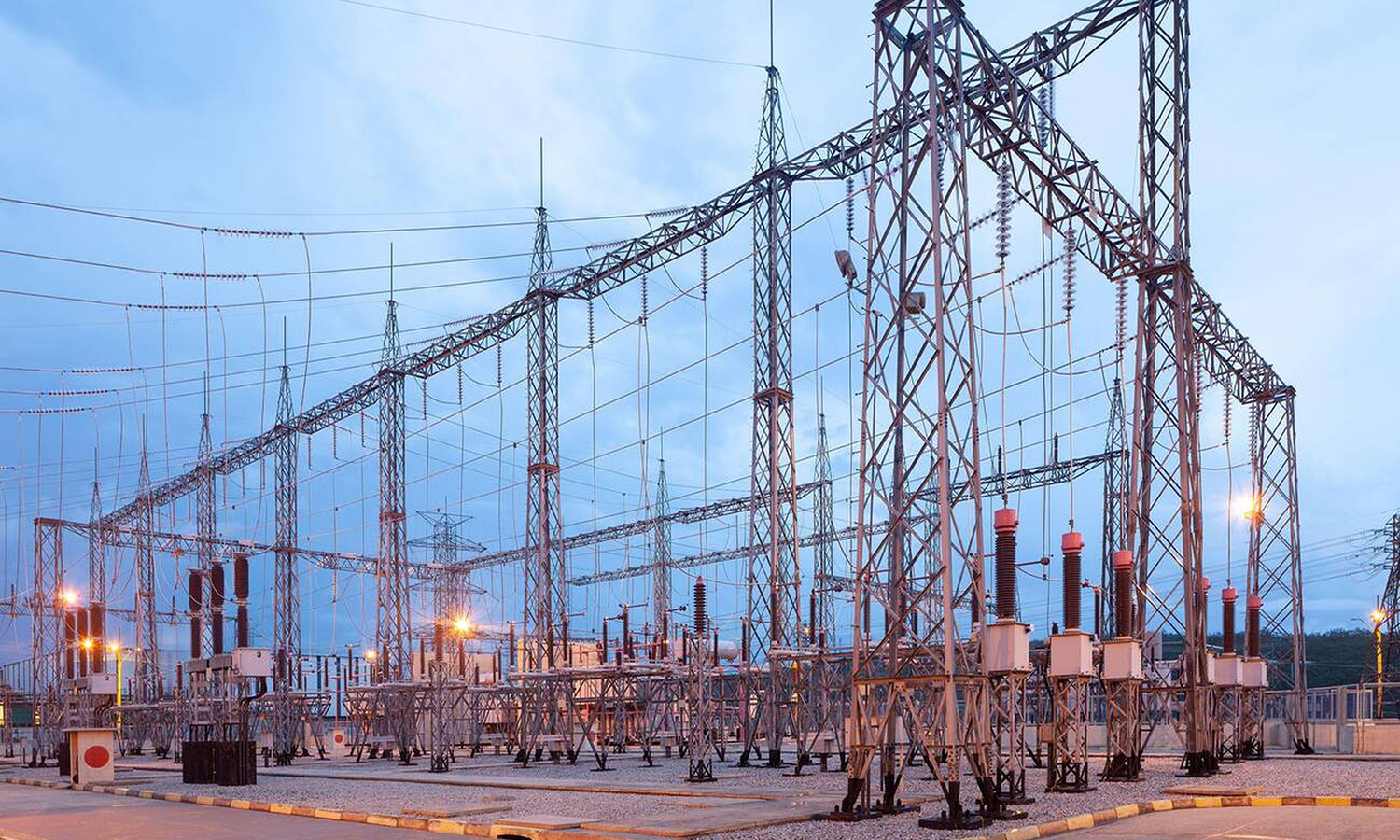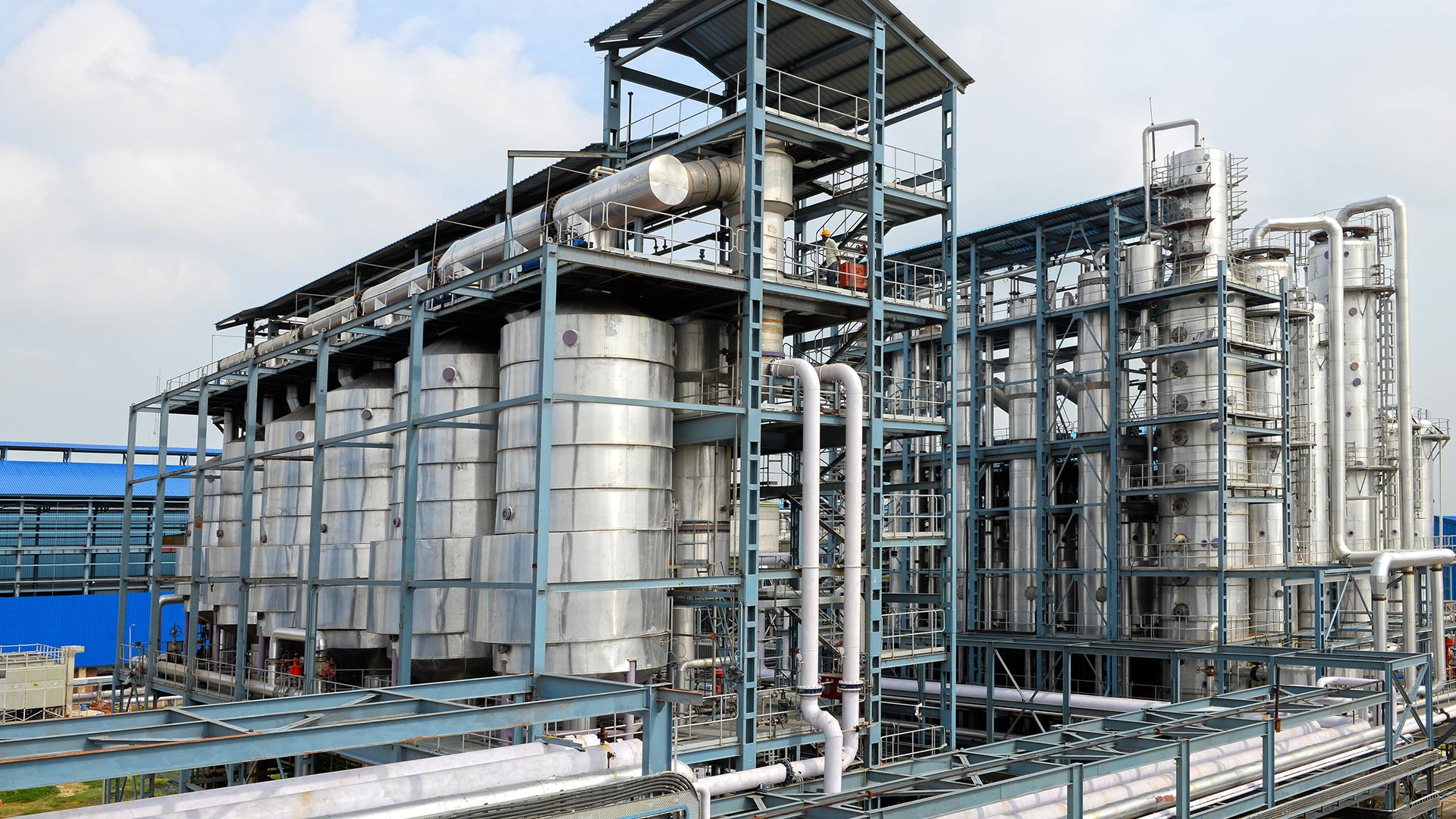
Nigeria’s industry and manufacturing sector has long been recognised as a critical driver of economic growth, industrialisation and job creation. However, prior to reforms, the sector faced significant structural challenges that limited its potential. State-owned enterprises (SOEs) across manufacturing sub-sectors; including textiles, pulp and paper, vehicle assembly, fertiliser production, and industrial machinery were plagued by obsolete equipment, low-capacity utilisation, poor corporate governance and financial mismanagement.
Many factories operated far below installed capacity, while others were completely moribund. Heavy dependence on imported raw materials, erratic power supply, high production costs and a lack of technological innovation further weakened competitiveness.
It became clear that a robust reform programme was necessary to revive industrial output, attract investment and modernise production facilities.

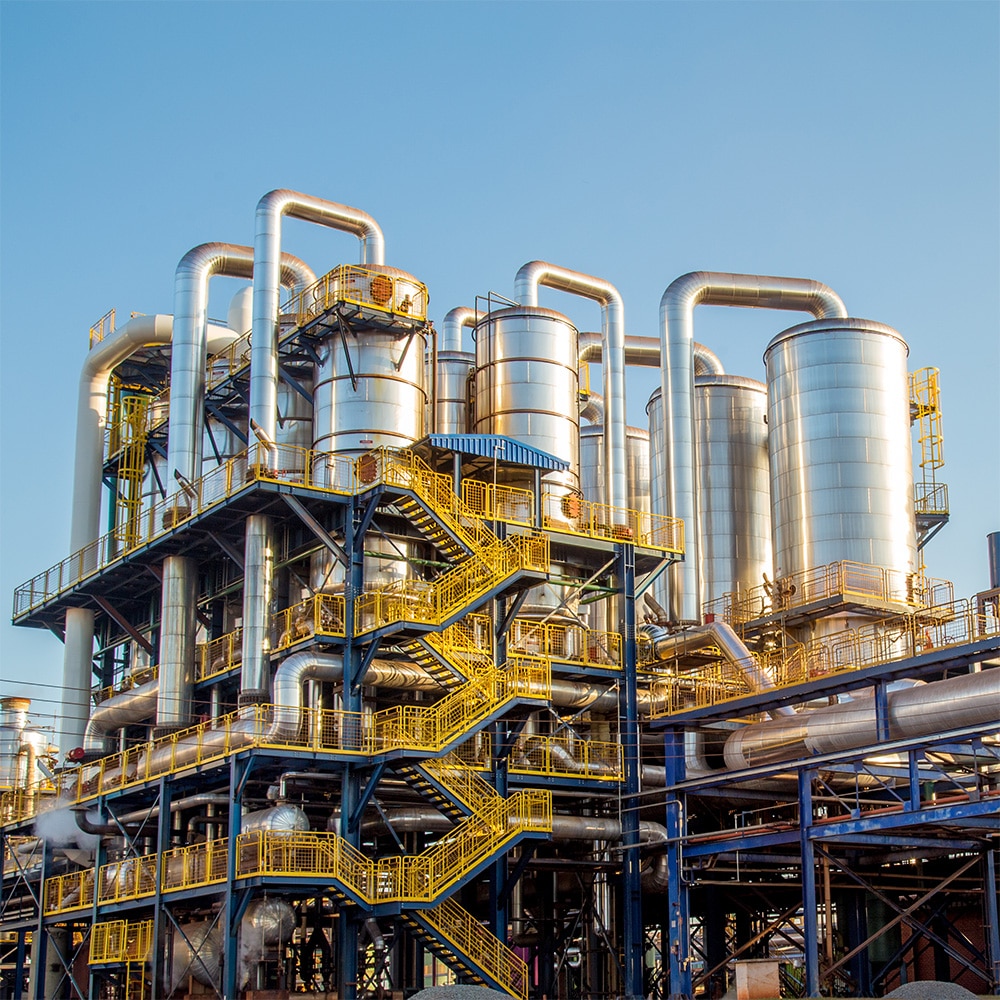
The Reform Process
The Federal Government, through the Bureau of Public Enterprises (BPE), spearheaded a strategic reform agenda aimed at restructuring, commercialising and privatising state-owned industrial enterprises. The key objectives were to improve efficiency, enhance productivity and stimulate private sector-led industrial growth. Key steps in the reform process included:
Privatisation & Commercialisation of SOEs
- Sale or concession of government-owned manufacturing enterprises to strategic investors with the financial and technical capacity to revive operations.
- Notable examples included privatisation of the Nigerian Sugar Company, the Federal Superphosphate Fertiliser Company, and major vehicle assembly plants.
Sector Liberalisation
- Removal of restrictive policies to allow private sector participation and competition in manufacturing.
Policy and Regulatory Support
- Collaboration with relevant ministries to align industrial policies with national economic goals, including local content promotion and backward integration.
Technology and Skills Transfer
- Encouragement of partnerships between local investors and foreign technical partners to upgrade technology, introduce modern production methods, and train the workforce.
Investment in Infrastructure and Industrial Clusters
- Support for the development of industrial parks, free trade zones, and export processing zones to provide shared infrastructure and attract investors.
Transactions
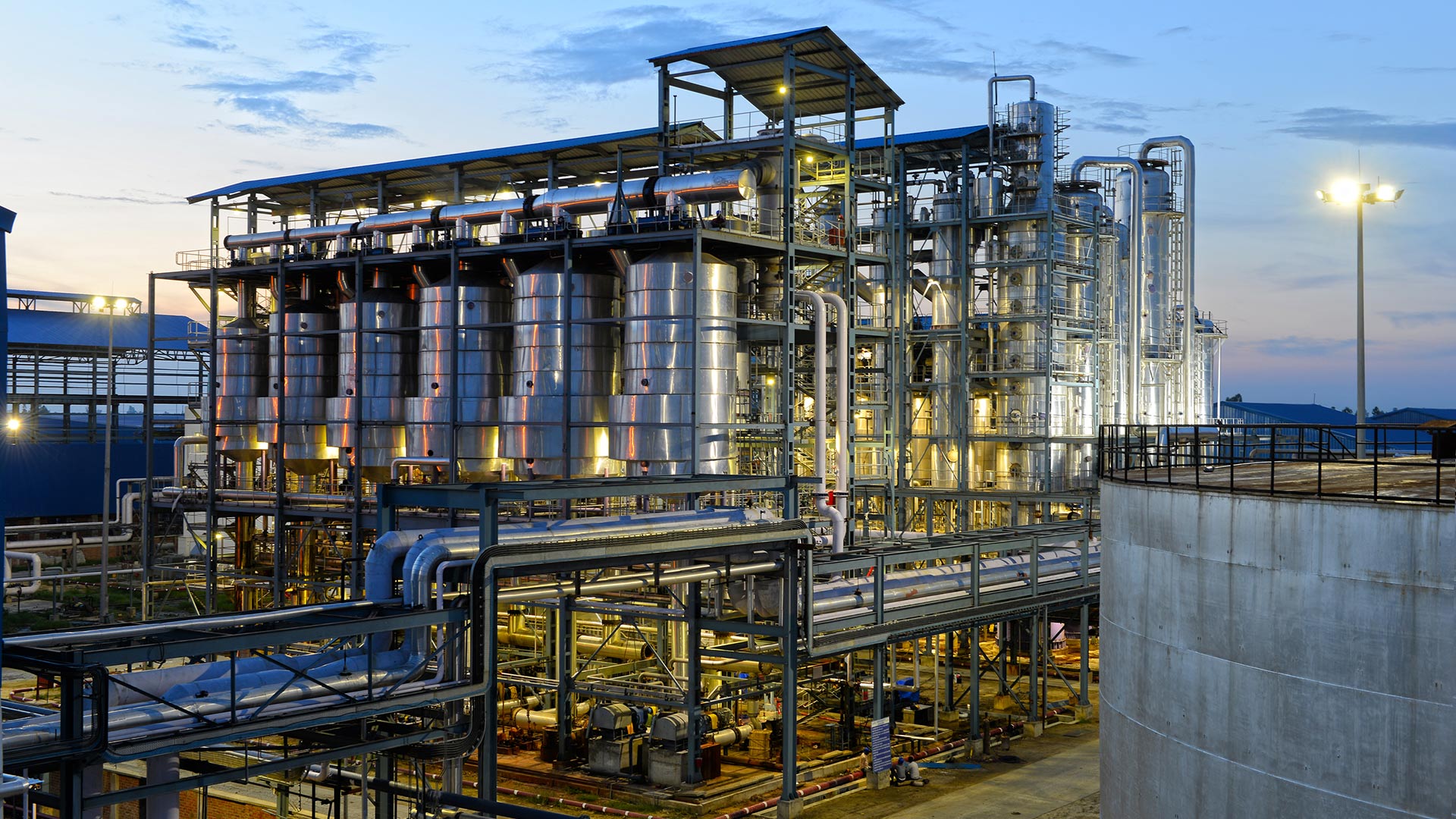
The Industry & Manufacturing Sector reform, championed by the Bureau of Public Enterprises, marked a turning point in Nigeria’s industrial development. By transitioning state-owned enterprises to private ownership and promoting policies that foster competition and investment, the sector has experienced renewed growth, improved efficiency and greater global competitiveness. These reforms have not only stimulated industrial activity but also strengthened Nigeria’s path toward sustainable economic diversification.
